The Top 500 Private Enterprises in China in 2024 are officially announced! JD.com once again won the championship, with revenue exceeding one trillion yuan, and it is worthy of being Liu Qiangdong! The top 5 companies, Alibaba and Huawei, are listed...
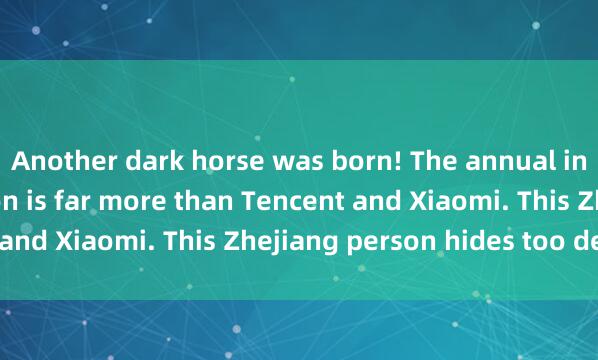

The Top 500 Private Enterprises in China in 2024 are officially announced!
JD.com once again won the championship, with revenue exceeding one trillion yuan, and it is worthy of being Liu Qiangdong!
The top 5 companies, Alibaba and Huawei, are listed.
A strange company actually surpassed Tencent and Xiaomi with revenue of 612.6 billion, following Huawei and ranked fifth.
This is an enterprise from Zhejiang, Rongsheng Holdings.

Zhejiang Rongsheng Holdings, as a leading private enterprise, is one of the first enterprises in my country to achieve the integration of the crude oil industry chain, and has transformed from a drop of oil to everything in the world.
Founder Li Shuirong is an entrepreneur who is more inspiring than the previous big shots.
Li Shuirong only has an elementary school diploma. Since he was a child, he counterattacked and became a "refining giant". With his net worth of 55 billion, he ranked 68th in the Hurun Rich List.
Every step of his step is on the beat of the times.

Li Shuirong was born in a poor peasant family in 1956.
Grandpa once opened a printing and dyeing factory and also did business with Germans. Later, his family fell into decline and the Li family became a poor and lower-middle peasant, but he was good at managing and dared to think and do it. His character was passed on to Li Shuirong.
In order to make money to support the family, when he was 16 years old, Li Shuirong chose to learn carpenter. He practiced his skills well and was well-known in the village. It is said that people who have excellent carpenters have a delicate heart with a strong insight.
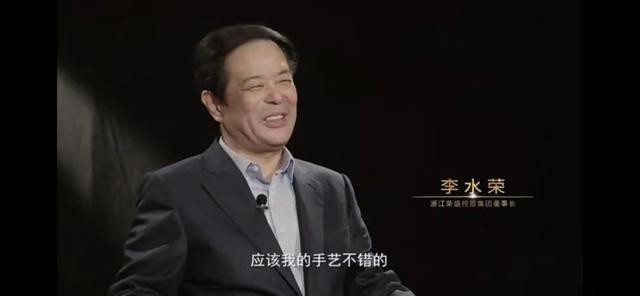
Once, Li Shuirong saw his neighbor demolishing the house and found that the houses were all made of wood. So he thought that if he could bring in the wood and sell it, he would definitely make a fortune.
But in that era, doing this was easily characterized as speculation, so he did not dare to do it blatantly.
After the reform and opening up, the country gradually relaxed restrictions on individual economies. Li Shuirong recruited several apprentices and started a timber factory.
He bought the wood that was demolished in his old house everywhere and then transported it back to his hometown to sell, making a small fortune.
In 1989, Shaoxing Keqiao built China Textile City, the largest textile trade distribution center in the country, and Li Shuirong smelled the soon-to-be-flowing textile industry.
At that time, almost all fabrics were imported. The urgent need for clothes of more than one billion people in China gave a long-term and broad market for domestic fabric production.
Li Shuirong was moved and wanted to do textile. But the timber business is also booming, and his family advised him to keep the hard-won family business more important.
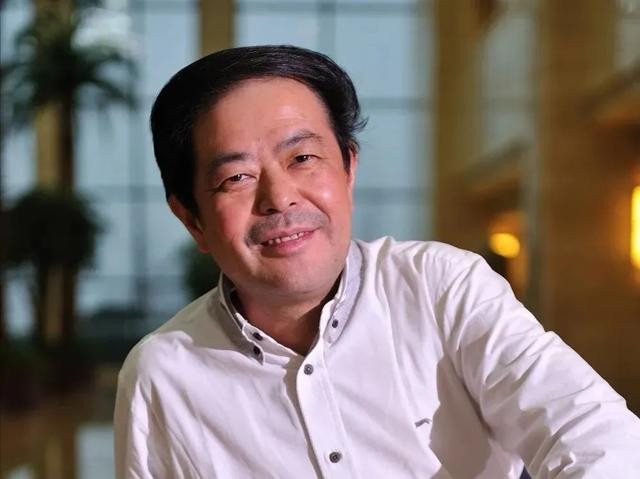
But Li Shuirong thought about it over and over again and analyzed it repeatedly. He realized that steel and cement would definitely replace wood as the main material for building houses, so it is difficult to grow the wood business, so it is better to seize the dividends of textiles.
After thinking through this, Li Shuirong sold all his property, raised 200,000 yuan, found 6 bungalows, purchased 8 looms, and hired more than 20 workers, so he opened a textile factory. When Li Shuirong was drying textiles, it was the period of rapid development of the domestic textile industry. He formed a sales team to the front line and implemented a strategy of determining production based on sales. In just five years, 8 textile machines have been expanded to hundreds, with production and sales exceeding 10 million yuan.
But the good times did not last long. In 1992, under the impact of the international financial crisis, textile enterprises showed signs of losses. Until 1996, state-owned textile enterprises alone suffered losses of more than 10.6 billion, a large number of textile factories went bankrupt or transferred production, and workers were laid off.
Li Shuirong began to wonder again. If he closed it directly, he was actually unwilling to accept it, but what should he do to continue moving forward?
Many peers choose to go downstream and enter the field of clothing processing. Although everyone needs food, clothing, housing and transportation, and the industry barriers are relatively small, the competition is also fierce.
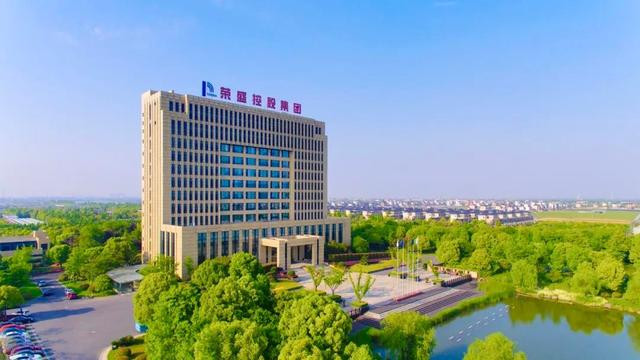
Go upstream and enter the chemical fiber industry. The technology is difficult and the investment scale is large, which weakens the level of competition in the industry, but once it fails, it will lose all its money.
In the dilemma, Li Shuirong decided to make a move to the upstream. Although it is a little harder now, its future development will be smoother.
So, he sold his existing loom again and invested 250 million yuan to purchase the latest foreign bomb recharger, completing the transformation from low-end fabric to high-end textile industry.
By 1998, the market conditions of the textile industry gradually improved, and sales of polyester and elastic wire increased significantly. In just two years, Rongsheng's sales exceeded 700 million.
Li Shuirong then invested another 380 million yuan to upgrade another line and completely improve the polyester wire project, which exceeded 1 billion yuan in annual output value for the first time in 2001.
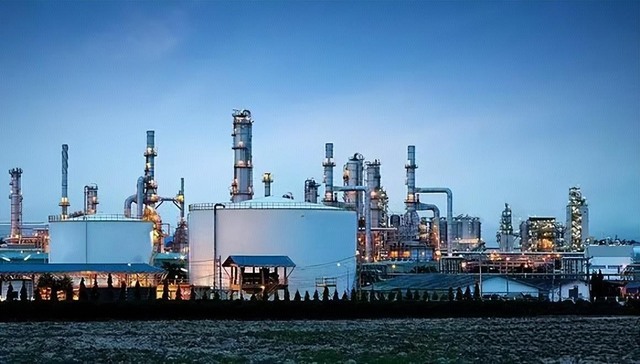
This "upward" decision was a great success, allowing Li Shuirong to see hope for the future. The grand blueprint for the entire process of the industrial chain quietly emerged in his heart.
At the beginning of the 21st century, private enterprises were unable to participate in oil refining projects, and the investment alone required tens of billions of dollars, which Li Shuirong himself could bear.
If you want to achieve a big game, you have to lay the foundation firmly, and then you will defeat it one by one.
Start with PET upstream of chemical fibers. In 2002, Li Shuirong invested in a 180,000-ton polyester direct spinning project, with an output value exceeding 2 billion yuan that year.
Immediately afterwards, he made another move to launch an impact on the upstream PTA. In 2005, he successfully invested in the first phase of the PTA project in Ningbo, becoming one of the most complete companies in the chemical fiber industry. By 2006, the company's output value increased to 10 billion yuan, and it only took Li Shuirong five years to go from 1 billion to 10 billion yuan. Behind this set of god-making numbers is the success of Li Shuirong's industrial integration strategy. It is also the result of his unique vision and bold decision-making.

Li Shuirong's next goal is to continue to move upwards and break through the PX project.
Before 2018, China's PX market had a huge supply gap, with up to 70% of PX relying on imports, and this key area has been firmly controlled by foreign companies for a long time.
As early as 2009, Li Shuirong keenly realized the development potential of PX. He took decisive action and acquired Ningbo Sinopec, planning to invest 10 billion yuan to build a PX project.
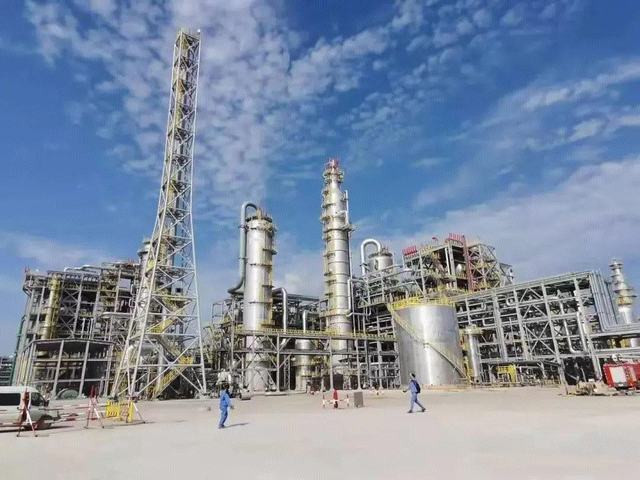
In that year, some factories in the PX project were directly opened near residential areas, and a very mature process system had been formed, but domestic PX factories did not receive public support.
The PX project planned in Nanjing is close to Xianlin University Town, and there are constant rumors on the Internet, causing panic. There have also been incidents of boycotting the PX project in Xiamen, Ningbo and other places.
Li Shuirong had to stop and wait and see, and the project was not officially put into production in 2015.
And the oil refining at the forefront of the industrial chain is another dilemma, mainly due to the fact that national policies did not support private enterprises' participation for a time, and Li Shuirong could only watch and do it.
In 2014, the country issued a new policy to open up petrochemical base refining and chemical integration projects to social capital.
Rongsheng Holdings led the establishment of Zhejiang Petrochemical with a 51% stake, becoming one of the three private refining and chemical projects to take the lead in "trying out".
Li Shuirong said: I have bet on all my life in this project, and there is no way out. I can only keep rushing forward desperately.
In July 2017, Zhejiang Petrochemical invested 200 billion yuan to build a 40 million tons/year refining and chemical integration project.
The first phase of Zhejiang Petrochemical was officially put into operation in 2020, with an output value of 74.8 billion yuan that year, and Zhejiang Petrochemical exceeded 100 billion yuan in 2021.
At present, Zhejiang Petrochemical ranks first among 32 large refining plants with tens of millions of tons in the country.
Since this year, Rongsheng's revenue has achieved a myth of 100 billion new annual revenue. What's even more amazing is that so far, every investment in Rongsheng has failed.
Li Shuirong should laugh, right? No.
He found that although Rongsheng is smooth sailing now, once the crude oil supply is interrupted, it will affect the company's continuous operation. What should I do?
In order to solve this problem, Li Shuirong began to use his big move.
In March 2023, he transferred 10% plus one share of Rongsheng Holdings and introduced Saudi Aramco's strategic investment. Who is Saudi Aramco? Saudi Arabia's Petroleum Corporation, a global super-large energy company.
After taking a stake in Rongsheng, Saudi Aramco will provide Zhejiang Petrochemical with 480,000 barrels of crude oil every day within 20 years. This supply can meet 60% of Zhejiang Petrochemical's annual overall processing capacity. Rongsheng provides Saudi Aramco with crude oil storage tanks and related facilities in Zhoushan City, China, and Saudi Aramco needs to maintain crude oil inventory of no less than 1.5 million metric tons.
In this way, not only will the long-term and stable crude oil supply be solved, but there are also people who will help you bear the risks during crude oil transportation.
In January 2024, Rongsheng Petrochemical issued a notice intending to acquire 50% of the equity of Saudi Aramco Jubaile Refining Company, which marks a new stage of deeper and closer cooperation between the two parties.
Crude oil is completed, the entire industrial chain is fully implemented, and Li Shuirong's dream of achieving everything in the world from a drop of oil has come true.
In Li Shuirong's words, in the past, we were heading towards the high end of the industrial chain, but now, we must go left and right and extend our tentacles to various branches of the industrial chain.
There may be a sunny road ahead, or it may be full of thorns. 70-year-old Li Shuirong will continue to move upstream and overcome obstacles in the tide of the times.
END
Reference materials:
1. "Li Shuirong, founder of Rongsheng: A poor carpenter counterattacked the king of chemical fibers, built a 100 billion oil empire with 200,000 yuan, and ranked among the top 500 in the world" (Inspirational entrepreneur)
2. "Rongsheng Petrochemical" opened up the Ren and Du meridians, from 200,000 to 100 billion! 》Muhe Investment Research
3. "What is the origin of Rongsheng Petrochemical, which made the Middle East rich spend 25 billion yuan? 》Director Xiaoxin
4. "How can you become a big tree when you are prosperous?" 》Xiaoshan released